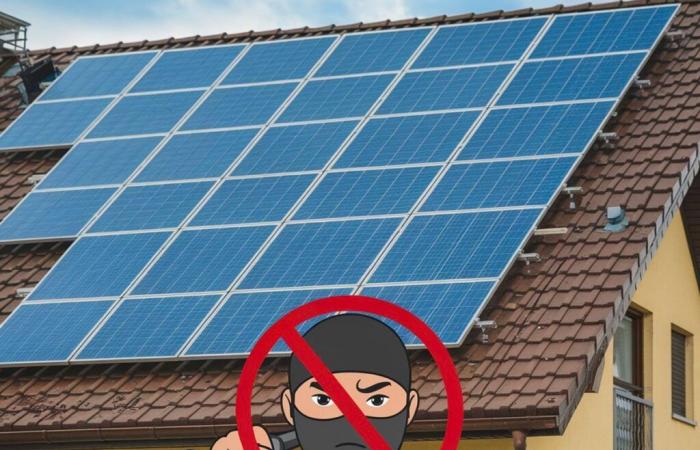The rise of renewable energies in France reaches a new milestone with more than a million installations connected to the public electricity network in the third quarter of 2024. Among them, photovoltaic panels occupy a preponderant place. Their growing popularity can be explained in particular by the fall in prices and the rise in the cost of electricity. However, it is essential to be well informed to avoid scams and obtain an installation at the right price.
Evolution of the photovoltaic market in France
The photovoltaic sector is experiencing a rapid evolution in recent years. According to Hello Watt, a company specializing in energy consulting, the prices of solar panels and inverters have fallen by at least 25% since January 2023. This significant drop makes solar energy more accessible to individuals.
At the same time, the increase in electricity prices is encouraging more and more households to turn to this ecological alternative. The initiative of the Banque des Territoires to develop ambitious solar projects demonstrates the growing interest in this clean energy.
On the other hand, despite these positive developments, the market remains complex for consumers. Practices vary considerably between installers, making it difficult to estimate the fair price of a photovoltaic installation.
Average prices and market disparities
To help individuals find their way, here is an overview of the average prices observed in 2024:
| Power of the installation | Average price (€) |
|---|---|
| 3 kWp | 7500 – 9000 |
| 6 kWp | 14000 – 16000 |
| 9 kWp | 18000 – 20000 |
These prices include installation and administrative procedures, but exclude any bonuses. It is essential to note that the electricity production varies between 991 kWh and 1500 kWh per year and per kWp of installed power.
However, the study carried out by Hello Watt reveals considerable price differences on the market. For a 3 kWp installation, the quotes collected vary between €6,900 and €19,900, almost three times as much. These disparities can be explained by several factors:
- The type of installer (national, local, energy supplier subsidiary)
- The quality of the material used
- The complexity of the site
- Commercial practices (notably door-to-door canvassing)
Tips to avoid scams
Faced with these price differences, it is essential to remain vigilant to avoid scams. Here are some essential recommendations :
- Compare multiple quotes : never settle for just one offer, especially when canvassing at home.
- Beware of tempting offers in trade shows or fairs, where the withdrawal period does not apply.
- Check the reputation of the installer : favor certified and well-referenced companies.
- Correctly size the installation : adapt the power to its real consumption needs.
- Analyze the return on investment : a price that is too high can considerably extend the amortization period.
It is crucial to note that new solar technologies are emerging, offering increased performance. Although more expensive to purchase, they could prove more profitable in the long term.
Profitability and future prospects
The profitability of a photovoltaic installation strongly depends on its initial price. For example, for a 6 kWp installation on a 100 m² house in Marseille, with a self-consumption rate of 40%, the return on investment varies considerably:
- For an installation costing €10,000: profitability in 6.5 years
- For an installation at €25,000: profitability in 14 years
These figures underline the importance of carefully negotiating the price of your installation. Furthermore, the technological evolution of the sector suggests promising prospects. Innovations such as multifunctional solar panels or the Japanese solar sphere could revolutionize the market in the years to come.
Ultimately, the installation of photovoltaic panels represents a ecological and economic investment interesting, provided you remain vigilant about the prices charged. By obtaining correct information and comparing offers, it is possible to benefit from an efficient installation at a reasonable price, thus contributing to the energy transition while controlling your electricity bill.






